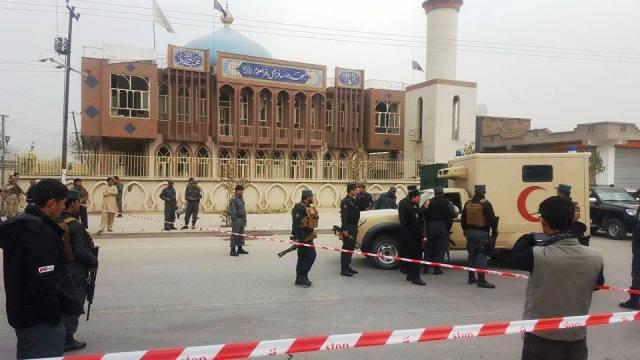KABUL (Pajhwok): About 1,359 individuals suffered casualties in 127 attacks across Afghanistan in November, showing 59 percent decrease in casualties and 34 percent . . .
You need to subscribe to view the full article. Please login or register a new account.








GET IN TOUCH
NEWSLETTER
SUGGEST A STORY
PAJHWOK MOBILE APP